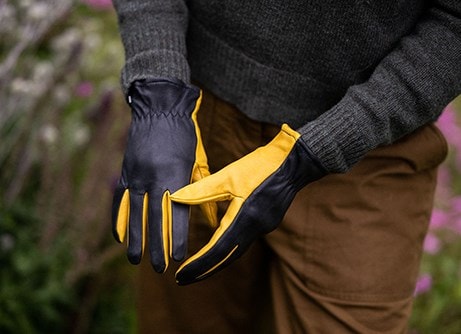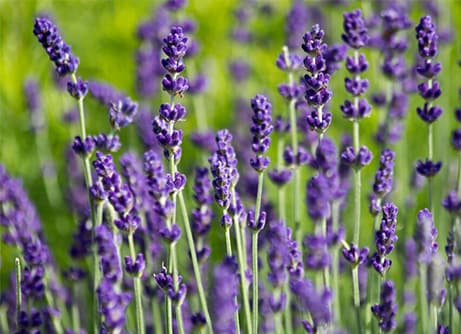Bursting with masses of dark red, double-cupped blooms, this enchanting patio shrub brings fairytale charm to any garden setting. Rosa 'Raspberry Royale' maintains a compact, manageable habit while delivering continuous waves of lightly scented flowers throughout the season.
Its versatile nature makes it equally at home in beds, borders, or large containers, perfect for gardeners with limited space. This hardy cultivar demonstrates remarkable resilience in poorer soils while serving as an attractive option for pollinators, particularly attracting bees to its rich blooms.
Whether creating a miniature hedge or starring as a standalone feature in a decorative pot, this repeat-flowering rose combines the classic romance of traditional red roses with modern, space-saving practicality.
All our roses are grown in an open field and then dug up when the weather conditions are right in October or November. Some suppliers send out their roses as 'bare root' plants (i.e. without pots or compost), but we pot ours up as it helps to keep the roots hydrated and in good condition. As they are dormant throughout the winter, they will not produce any new roots until spring, so don't be surprised if the compost falls away from the roots when you take them out of their pots. The roses can be kept in their pots throughout the winter provided they are kept well fed and watered, however ideally they should be planted out as soon as possible. They will already have been cut back so no further pruning will be required, apart from snipping off any tips that have died back. Routine pruning can begin in late winter the year after planting.
How to care for Rosa Raspberry Royale:
Before planting, shorten thick roots to 25cm (10in) and reduce top-growth to an outward-facing bud 8-15cm (3-6in) above ground-level. Plant during a frost-free spell, incorporating well-rotted organic matter and a balanced fertiliser into the planting hole. Ensure that the 'bud union' (the bulge at the base of the shoots) is at soil level.
Water generously until well established, and apply a specialist rose fertiliser (following the manufacturer's instructions) each spring. They will also benefit from a generous mulch of composted farmyard manure in spring, but make sure this is kept away from the stems.
In late winter during the first full growing season, pop on a pair of tough gloves and remove dead, damaged, diseased or congested branches completely. Then cut back vigorous shoots that spoil the shape of the plant, but avoid cutting back newly planted roses too hard. Cut away unproductive twiggy growth and then shorten the stems by about a third, cutting back to a healthy bud or side shoot.










